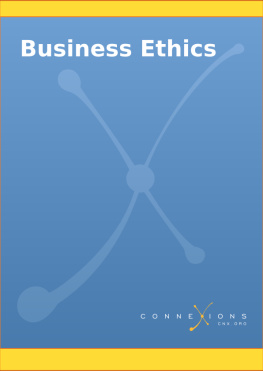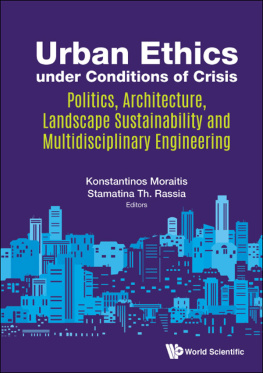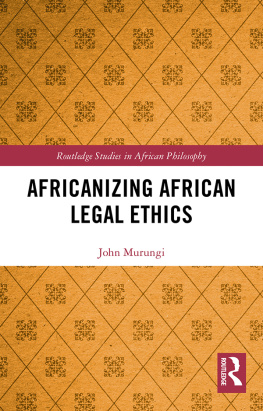Professional Ethics in Engineering
Collection edited by: William Frey
Content authors: William Frey and Jose Cruz-Cruz
Online:
This selection and arrangement of content as a collection is copyrighted by William Frey .
It is licensed under the Creative Commons Attribution License: http://creativecommons.org/licenses/by/2.0/
Collection structure revised: 2007/03/05
For copyright and attribution information for the modules contained in this collection, see the "" section at the end of the collection.
Chapter 1. Ethical Theory and Group Work
1.1. Theory Building Activities: Mountain Terrorist Exercise
Module Introduction
This module poses an ethical dilemma, that is, a forced choice between two bad alternatives. Your job is to read the scenario and choose between the two horns of the dilemma. You will make your choice and then justify it in the first activity. In the second activity, you will discuss your choice with others. Here, the objective is to reach consensus on a course of action or describe the point at which your group's progress toward consensus stopped. The Mountain Terrorist Exercise almost always generates lively discussion and helps us to reflect on of our moral beliefs. Don't expect to reach agreement with your fellow classmates quickly or effortlessly. (If you do, then your instructor will find ways of throwing a monkey wrench into the whole process.) What is more important here is that we learn how to state our positions clearly, how to listen to others, how to justify our positions, and how to assess the justifications offered by others. In other words, we will all have a chance to practice the virtue of reasonableness. And we will learn reasonableness not when it's easy (as it is when we agree) but when it becomes difficult (as it is when we disagree).
The second half of this module requires that you reflect carefully on your moral reasoning and that of your classmates. The Mountain Terrorist Exercise triggers the different moral schemas that make up our psychological capacity for moral judgment. Choosing one horn of the dilemma means that you tend to favor one kind of schema while choosing the other horn generally indicates that your favor another. The dominant moral theories that we will study this semester provide detailed articulations and justifications of these moral schemas. Reflecting on your choice, the reasons for your choice, and how your choice differs from that of your classmates will help you get started on the path of studying and effectively utilizing moral theory.
The following scenario comes originally fromthe philosopher, Bernard Williams. It is also presented inintroductory ethics textbooks (such as Geoffrey Thomas AnIntroduction to Ethics). The first time this modules author becameaware of its use in the classroom was in a workshop on AgricultureEthics led by Paul Thompson, then of Texas A&M University, in1992.
Moral Theories Highlighted
Utilitarianism: the moral value of an action lies in its consequences or results
Deontology: the moral value of an action lies, not in its consequences, but in the formal characteristics of the action itself.
Virtue Ethics: Actions sort themselves out into virtuous or vicious actions. Virtuous actions stem from a virtuous character while vicious actions stem from a vicious or morally flawed character. Who we are is reveals through what we do.
Mountain Terrorist Scenario
You are in a remote mountain village. A groupof terrorists has lined up 20 people from the village; they plan onshooting them for collaborating with the enemy. Since you are notfrom the village, you will not be killed. Taking advantage of yourposition, you plead with the terrorists not to carry out theirplan. Finally, you convince the leader that it is not necessary tokill all 20. He takes a gun, empties it of all its bullets exceptone, and then hands it to you. He has decided to kill only onevillager to set an example to the rest. As an honored guest andoutsider, you will decide who will be killed, and you will carryout the deed. The terrorists conclude with a warning; if yourefuse to kill the villager, then they will revert back to theoriginal plan of killing all 20. And if you try any funnybusiness, they will kill the 20 villagers and then kill you. Whatshould you do?









